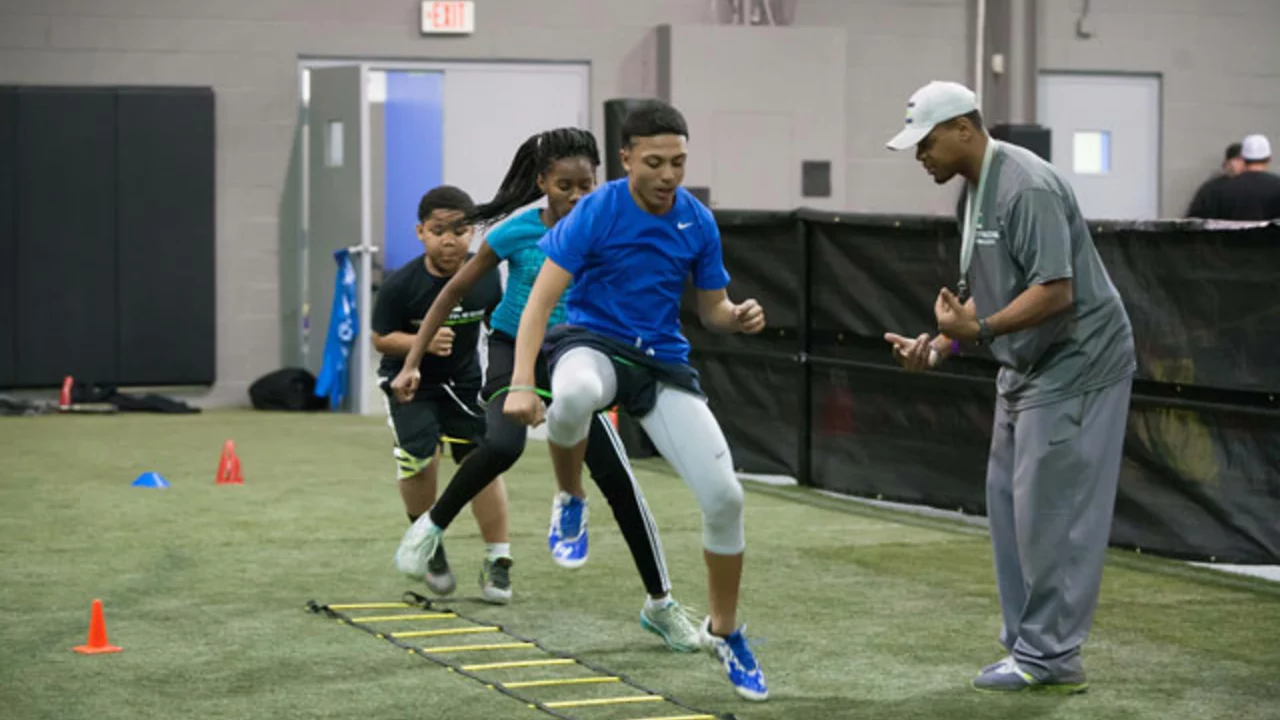Sports & Fitness Coaching: Real Tips to Boost Performance
Whether you’re a high school coach, a personal trainer, or just someone who likes to help friends stay active, the basics of good coaching stay the same. It’s about matching work to the person, keeping the mind in the game, and giving feedback that actually helps. Below are the steps you can start using today.
Personalized Training Plans
One size rarely fits any athlete. Start by watching how the person moves, what they enjoy, and where they struggle. A simple questionnaire – favorite sports, injury history, weekly schedule – gives you a solid base. Then shape the workouts like a custom suit: tighten the fit where they need strength, add stretch where flexibility lags, and let the rest breathe.
Keep the plan adaptable. After a week, ask what felt right and what felt off. If a runner complains about knee pain, swap a hard interval for a low‑impact bike session. The goal isn’t to lock them into a rigid schedule but to keep progress steady while avoiding burnout.
Mindset and Feedback
The mental side is often the missing piece. A coach who only counts reps misses out on building confidence. Talk about goals in everyday terms – “run that extra block” instead of “increase VO2 max.” Celebrate small wins, like finishing a set without stopping, and watch the athlete start to believe they can do more.
Feedback works best when it’s specific and timely. Instead of saying, “good job,” point out the exact move that improved: “Your hips stayed square on that sprint, that’s why you shaved off two seconds.” Deliver it right after the activity while the motion is fresh in their mind.
Don’t forget to ask for feedback, too. A quick, “How did that feel?” opens a dialogue and shows you respect the athlete’s experience. It also uncovers hidden obstacles – maybe the gym’s music is too loud, or the warm‑up is too short.
Putting these ideas into practice doesn’t require fancy tools. A notebook, a few minutes of observation, and honest conversation are enough to lift performance. Start with one athlete, test the personalized plan, tweak the feedback, and watch the results roll in.
When you see progress, share the story with your community. Other coaches will pick up the approach, and the whole group gets better. That’s the power of simple, focused coaching – it spreads faster than any big‑budget program.
Ready to try? Grab a pen, write down three things you can change about today’s session, and see how the athlete responds. Small adjustments add up, and soon you’ll notice a real boost in speed, strength, and confidence.
Effective Coaching - Teaching methods to improve athletic performance

Alright folks, so here's the skinny on effective coaching that turbocharges athletic performance. First, it's all about personalized training - think of it as a tailor-made suit, but for your muscles! Then, there's the mental game. A good coach doesn't just shape athletes, they build champions in the mind. Lastly, remember that feedback is the breakfast of champions. If it's constructive, munch it down like your favorite cereal! So, in a nutshell: customize, inspire, and communicate. It's as simple (and as complex) as that!
- August 3 2023
- Maverick Sterling
- 0 Comments